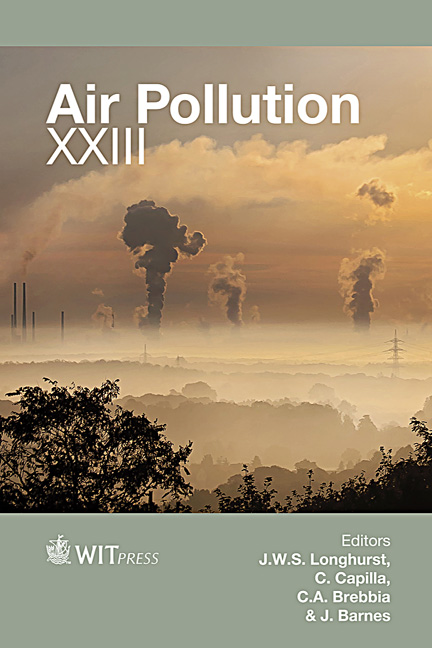Transport Tax In Russia As A Promising Tool For The Reduction Of Airborne Emissions And The Development Of The Road Network
Price
Free (open access)
Transaction
Volume
198
Pages
11
Page Range
391 - 401
Published
2015
Size
339 kb
Paper DOI
10.2495/AIR150341
Copyright
WIT Press
Author(s)
I. Mayburov, Y. Leontyeva
Abstract
This paper focuses on the fact that Russia is to see an accelerated and unregulated growth of the car fleet, while the development of the road network is seriously lagging behind. The paper looks at the theoretical aspects of the internalization of transport externalities and analyzes negative externalities of car use. It characterizes the key negative impacts that potentially need to be offset through transport tax. It is proved that the impacts are most prominent in areas with a higher rate of car ownership where a large part of the population develops strong automobile dependency. The hypothesis is put forth that the situations differ with regard to positive and negative externalities and, consequently, should determine different conditions for transport tax, the development of the road network and vehicle growth control policies. The model of transport tax that exists now in Russia is analyzed and its key advantages and disadvantages are outlined. This paper provides reasons for a conclusion that the current tax rates in Russia’s regions are not aligned with the level of road infrastructure. New goals for the tax reform are proposed: to enhance its fiscal function and assign it a regulatory role. Conceptual provisions of a new transport tax model have been formulated and a differentiation system has been substantiated for territories and tax rates depending on a ratio of positive and negative effects of car use.
Keywords
transport tax, emission, road network, motor transport, negative externalities





